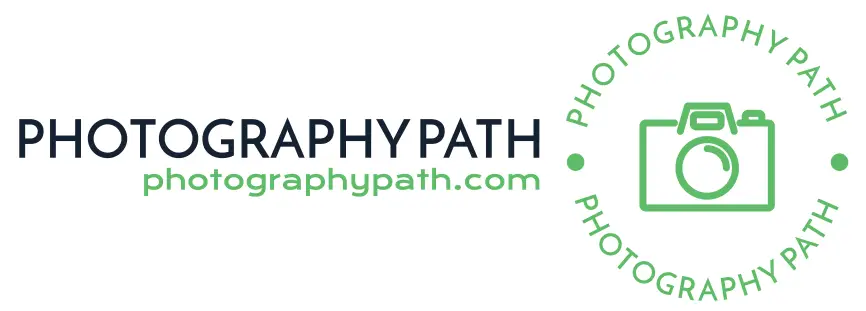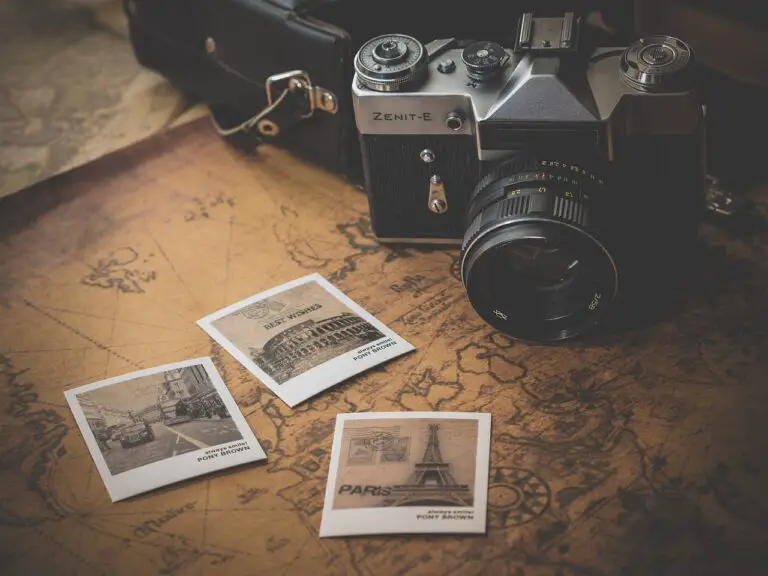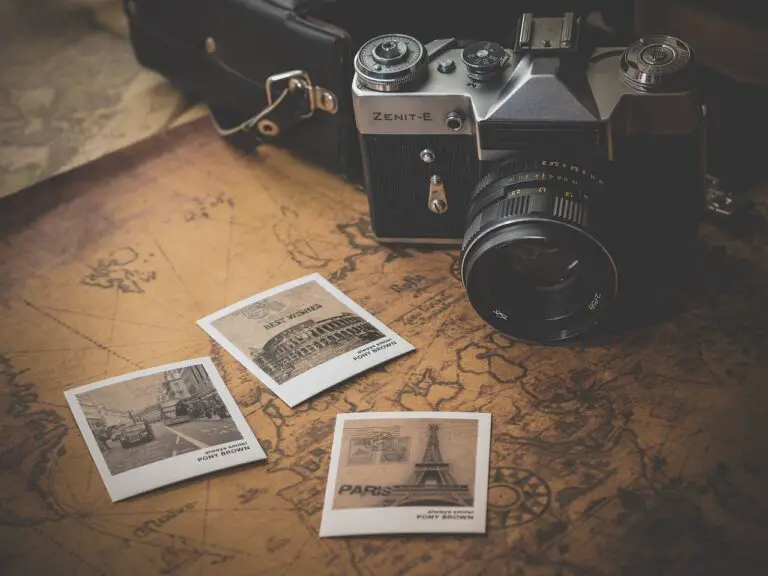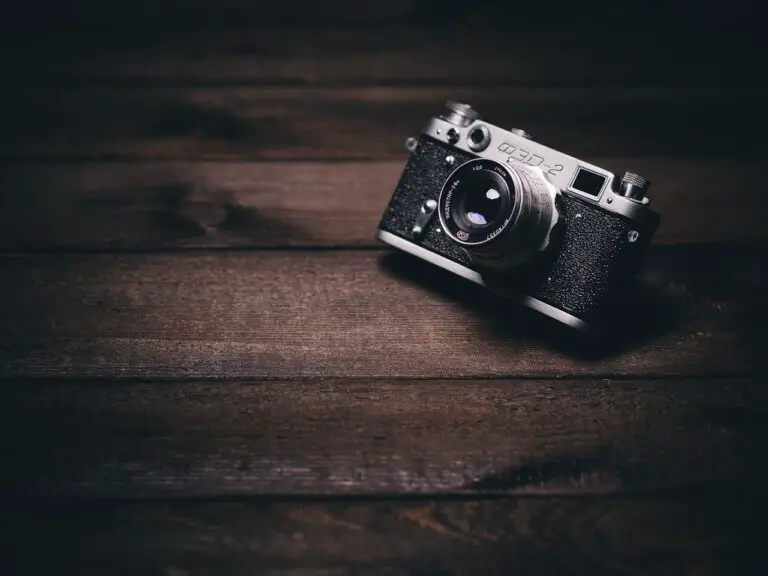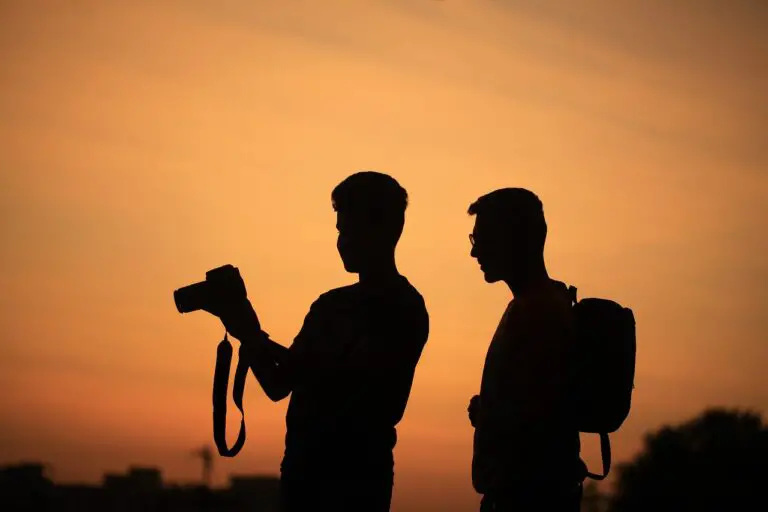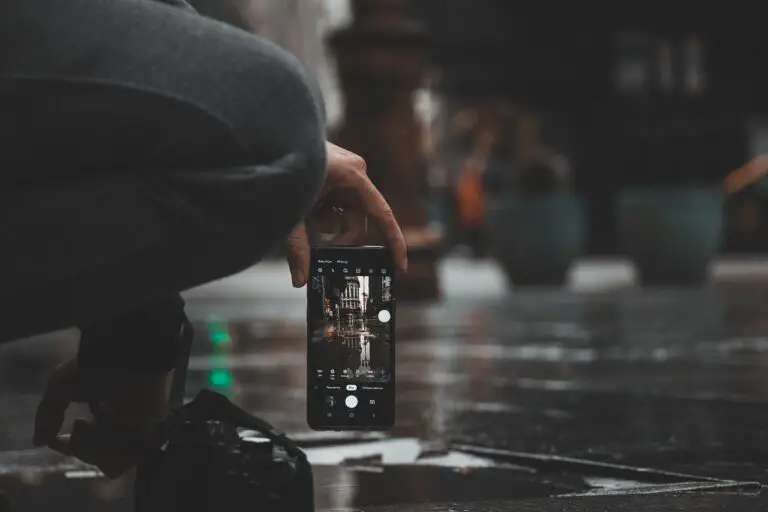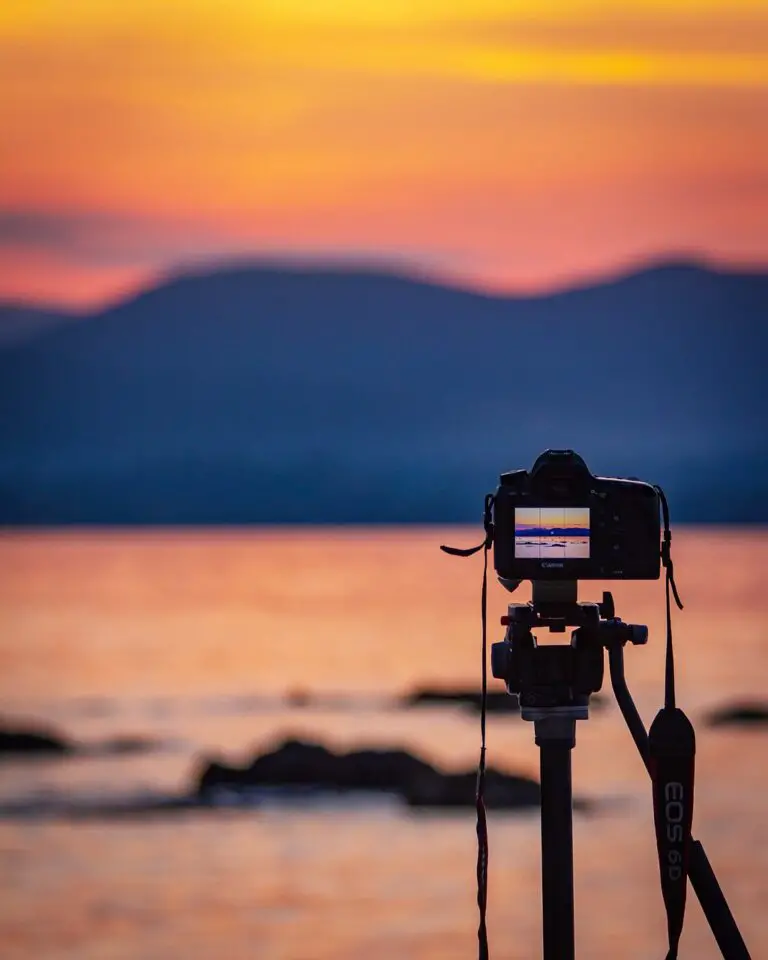How Photography Was Invented
Mesmerizing history of influential photography
Photography, one of the most influential and mesmerizing forms of artistic expression, has a fascinating history tracing back to several centuries ago. The invention of photography can be attributed to the contributions of several individuals who made significant advancements in capturing and preserving images. The evolution of photography began with the camera obscura, a simple device that projected images onto a surface. This concept laid the groundwork for future inventions that would revolutionize the world of visual representation.
The Birth of Photography: Crucial 1820s Breakthroughs
During the 1820s and 1830s, several inventors made crucial breakthroughs that laid the foundation for photography as we know it today. French inventor Nicéphore Niépce and French painter Louis Daguerre were at the forefront of these developments. Niépce successfully captured the first known photograph in 1826, using a camera obscura and a pewter plate coated with bitumen and exposed to light for several hours. His experiments led to the invention of heliography, an early photographic process that involved using bitumen to produce images.
Daguerre: Inventing Photography and High Detail
Following Niépce’s achievements, Daguerre introduced the daguerreotype process, an improved method of capturing images. He discovered that exposing silver-plated copper sheets to iodine vapor and then to light created a temporary image that could be made permanent by treating it with a solution of common salt. The result was a highly detailed image with sharp clarity, opening up new possibilities for capturing scenes and portraits. The daguerreotype process quickly gained popularity, and Daguerre is often credited as one of the inventors of photography.
Photography: A Journey of Innovation
The journey of photography did not stop here. The invention of photography sparked a frenzy of experimentation and innovation. Talented individuals such as William Henry Fox Talbot and George Eastman further refined and advanced photographic techniques. Talbot developed the calotype process in the mid-1800s, which enabled the production of multiple paper prints from a single negative. Eastman’s invention of roll film in the late 19th century made photography more accessible to the masses, as it replaced the cumbersome glass plate negatives with flexible, lightweight film.
